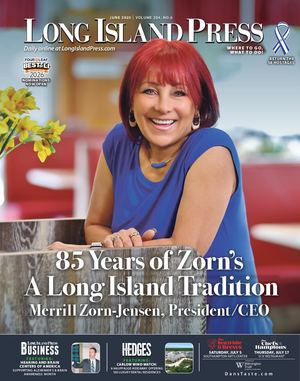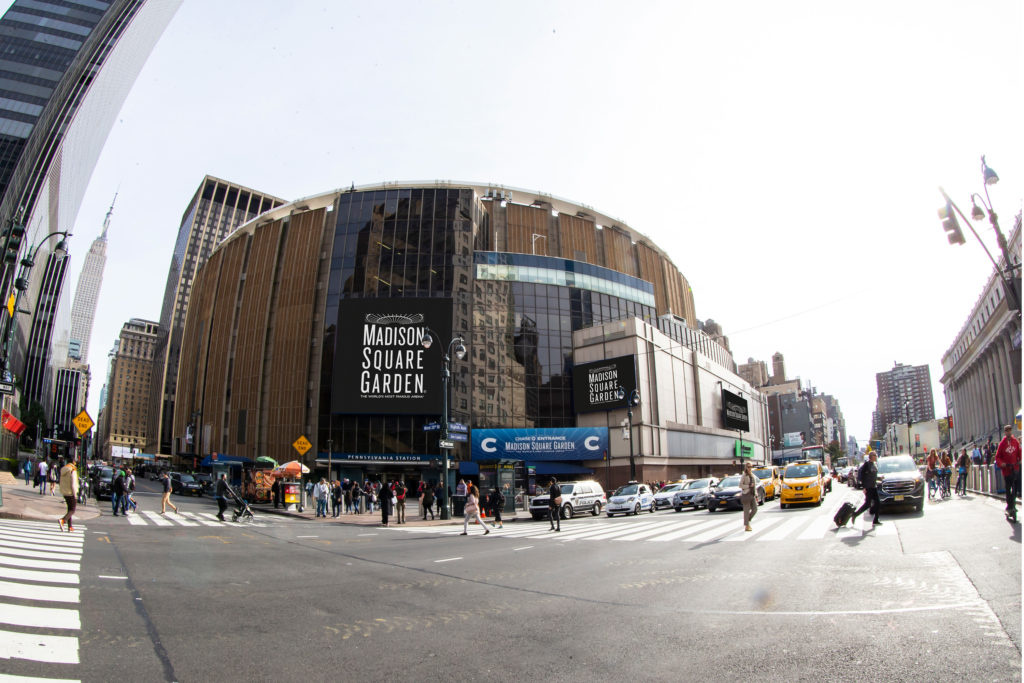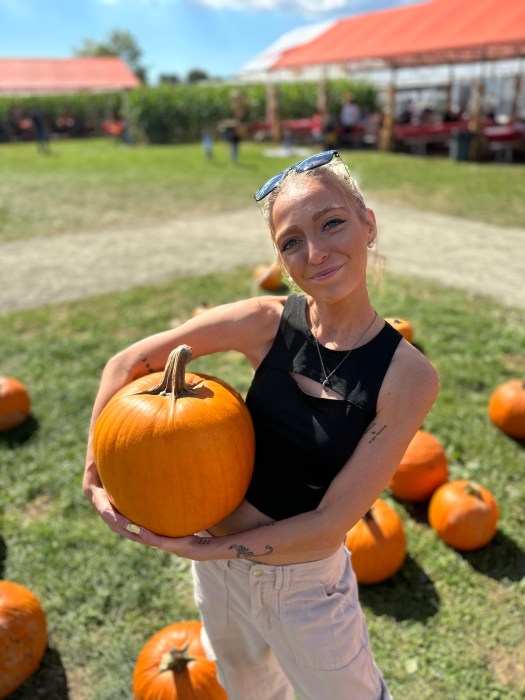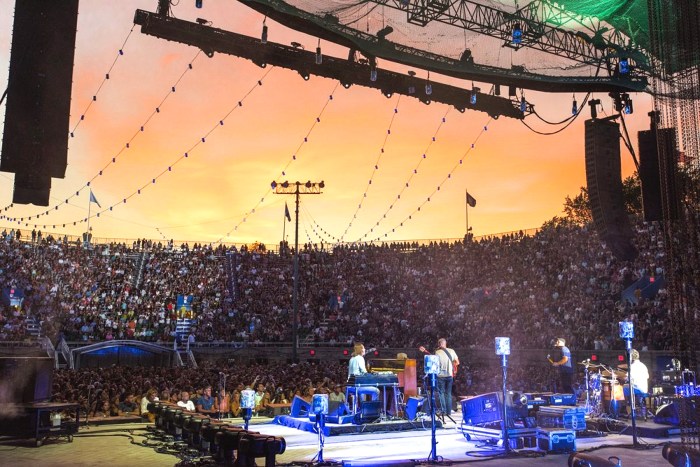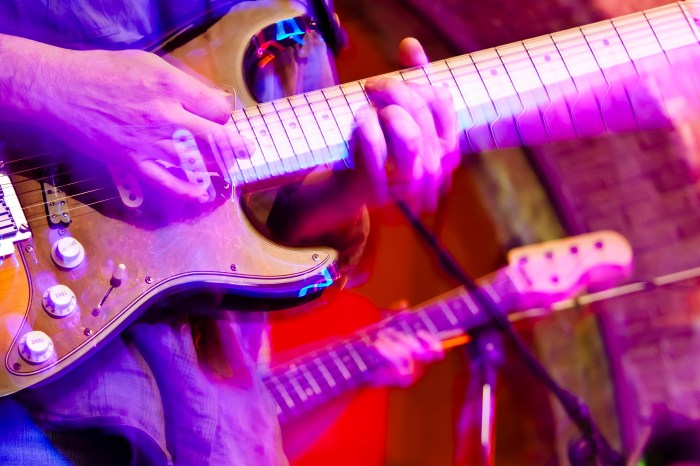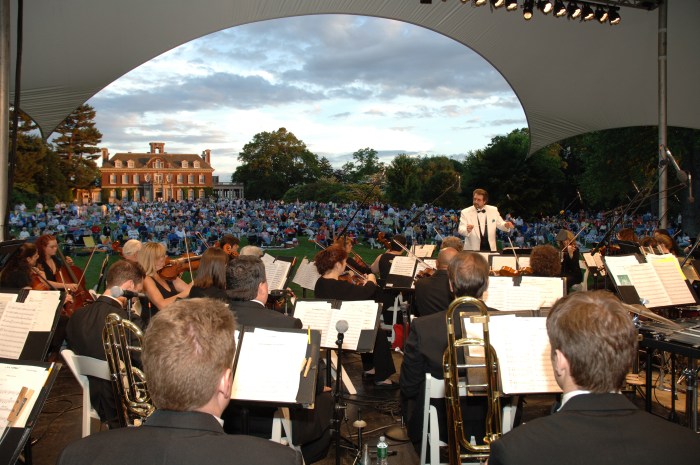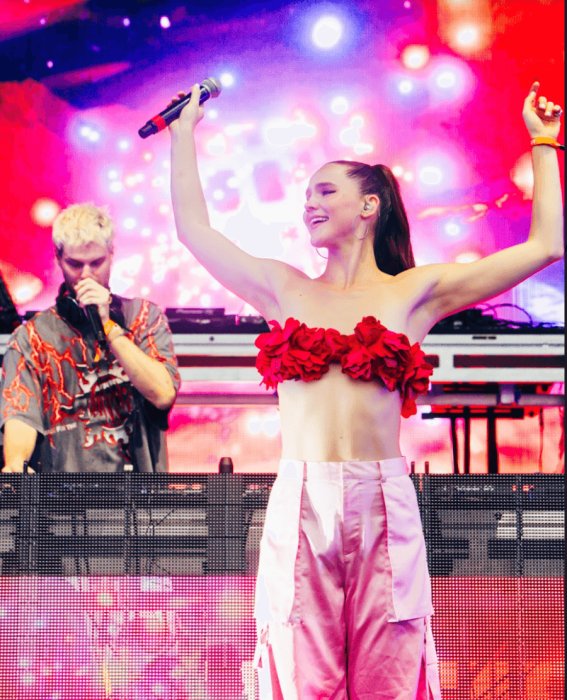
“The world’s most famous arena.” That’s how Madison Square Garden, located in midtown Manhattan, has long described itself.
The name may seem curious to some. The neighborhood is the Garment District. Prior to its opening in 1967, the Garden was located on 8th Avenue 20 blocks uptown. The name comes from its original location at Madison Square Park, named for James Madison, the fourth president of the United States.
Built during the Gilded Age, the original Garden was located at East 26th St. It first opened in 1879 and was renovated in 1890. For decades, the Barnum and Bailey Circus regularly performed at the Garden and indeed, P.T. Barnum, the legendary impresario, was part of a syndicate that financed the construction. Other investors were J.P. Morgan, Andrew Carnegie and W.W. Astor. The 1890 building was designed by famed architect, Stanford White. Neither structure, however, was successful in drawing sports or entertainment acts. Such indoor sports as ice hockey, basketball and boxing had yet to take off. In 1925, the building was demolished and replaced by the New York Life Insurance Co., which continues to operate on the site.
The move was made uptown to the new Garden on 8th Avenue, between 49th and 50th streets. There, the Garden enjoyed 43 years of rollicking fun. The circus continued to perform. More important, the New York Rangers, the New York Knicks and especially, college basketball, were all coming into their own. The Garden hosted many famous prize fights, including the 1959 showdown between an aging Joe Louis and the up-and-coming Rocky Marciano. The new Garden was designed by Thomas W. Lamb and bankrolled by Tex Rickard, who promoted Jack Dempsey’s champion fights. Boxing took center stage, to such an extent that the Garden was dubbed “the house that Tex built.”
Basketball is a city game and during this time period, New York-area college teams, especially St. John’s and The City College of New York (CCNY), became establishing top-ranked squads. The glory and the agony of college basketball was reached in the incredulous year of 1950, when Nat Holman’s CCNY squad won both the National Collegiate Amateur Association (NCAA) and National Invitational (NIT) crowns. The Garden also attracted many shady characters, as fans were obsessed with beating the point spread. Gambling was so popular that tabloids used to print the spreads on page one. Members of the 1950 CCNY team were found guilty of accepting bribes, shocking college officials to the point where they quickly transferred home games from the Garden to the more remote campus on West 138th St.
By the mid-1960s, New York was in a period of great transition. Midtown was becoming seedy. Fans were moving to the suburbs. Once again, the Garden was demolished and moved downtown to its present site on West 33rd and 7th Avenue, right above the Long Island Rail Road station.
The new Garden got off to a roaring start. The Knicks were suddenly contenders. In 1970, they won the National Basketball Association (NBA) title in a Game Seven rout of the Los Angeles Lakers. The Rangers engaged in a heated rivalry with the Boston Bruins. In 1973, the Knicks won another title.
The Garden continued to be a mecca for boxing, most prominently the 1970 Fight of the Century between Muhammad Ali and Joe Frazier. When the fight scene moved to Las Vegas, the annual Golden Gloves tournament brought in capacity crowds.
There was music. In 1972, George Harrison performed his Concert for Bangladesh, one that attracted fellow Beatle Ringo Starr and Bob Dylan. In 1974, Frank Sinatra held his “Ol’ Blue Eyes Is Back” concert at the Garden. That same year, Dylan played there as part of his comeback tour. Over the years, Elvis Presley, John Lennon, Led Zeppelin, Elton John, Bruce Springsteen, Billy Joel and The Grateful Dead have performed at the arena. John held 64 concerts at the Garden, which stood as the record until Long Island’s own Piano Man broke the mark.
“Madison Square Garden is the center of the universe as far as I’m concerned,” Joel has said. “It has the best acoustics, the best audiences, the best reputation, and the best history of great artists who have played there. It is the iconic, holy temple of rock and roll for most touring acts and, being a New Yorker, it holds a special significance to me.”
The Westminster Dog Show, professional tennis, professional wrestling, the rodeo and spectacular truck shows have all called the Garden home. There have been setbacks along the way. The famous moment at the Garden was certainly the Rangers winning the 1994 Stanley Cup, breaking a drought that went back to 1940. The Rangers—and professional hockey—was poised for a breakout. Alas, the National Hockey League (NHL) players went on strike the next spring and the sport has never recovered. All roads lead to Madison Square Garden, but it will be nice to have winning seasons from the Knicks and Rangers again.
